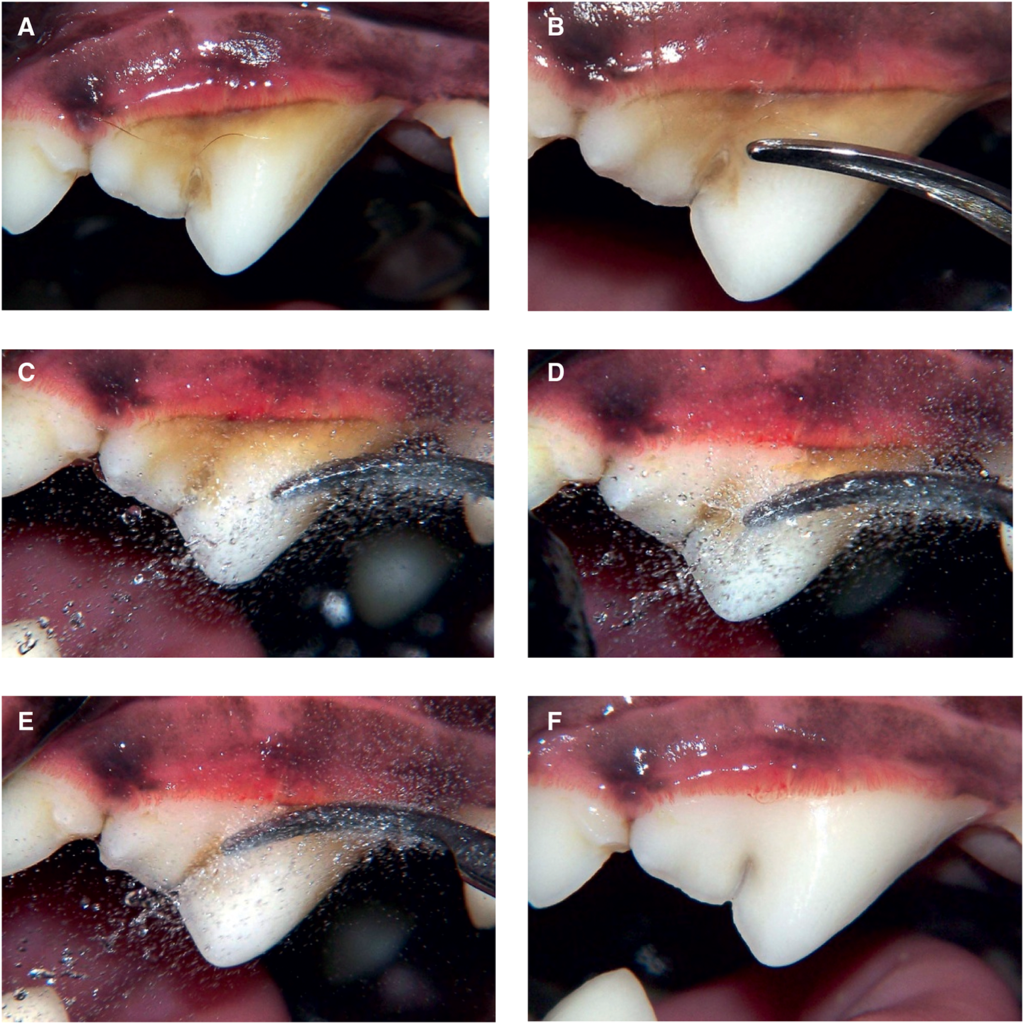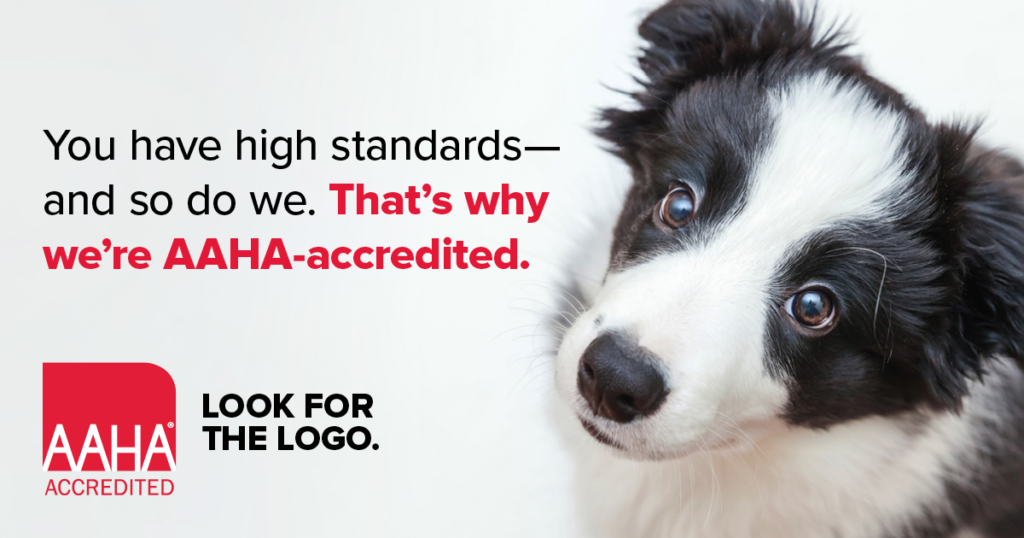Getting to the Root of the Problem
A COHAT is a very involved process that starts at the initial appointment and ends with your pet having a much healthier mouth!
The Initial Exam
Your veterinarian performed an examination and determined your pet had some level of dental disease. Blood work was performed (more on that later), and a second appointment was scheduled.
Anesthesia
Unfortunately, dental cleanings for pets aren’t as simple as they are for humans. We can’t just tell our patients to “open wide”. That is why we require anesthesia for all COHATs. This is the ONLY way to perform a thorough treatment of periodontal disease! You may hear some people advertise “anesthesia-free dental cleanings”, but unfortunately there is just no way to safely treat periodontal disease without anesthesia.
Dental Radiographs
Once your pet is safely anesthetized and on the table, full mouth radiographs (x-rays) are taken. Since we cannot see the roots of your pet’s teeth, we need the x-rays to finish our evaluation of periodontal disease. Sometimes we can find broken roots or pockets of infection (abscesses) that we would not have known about otherwise!
Cleaning
Once the dental radiographs are finished, the registered veterinary technician (nurse) will begin the cleaning. Each tooth goes through scaling (to remove the tartar), flushing, polishing, and fluoride treatment. Check out the images below to see a close up of the scaling process.

Oral Surgery
Sometimes your veterinarian will identify teeth that are severely affected by periodontal disease. This could be due to a tooth being loose or fractured, or it could be because there is an infection around it. If a tooth has been identified as needing extraction, your veterinarian will perform oral surgery to extract the tooth.
Recovery
Once your pet’s teeth have been cleaned, and any surgery performed, your pet is gently woken up and monitored post-anesthesia. Depending on the severity of periodontal disease and the difficulty of cleaning, your pet may receive oral antibiotics and pain medications. This is to help their recovery go smoother and get your pet back to their healthiest selves!
Going Home
All of our dental procedures are performed in the morning, so your pets have plenty of time to recover before going home in the afternoon that same day!
These are the most broad steps of a COHAT. Each step has many little parts that go together to make for a successful procedure. Luckily, we have an amazing team at OAH that are all dedicated to making sure your pet has the safest procedure possible.
You may have wondered why we require blood work before procedures or why dental radiographs are a mandatory part of our COHATs. We believe in practicing the best medicine for our patients, and that is one of the reasons we are an AAHA-certified practice. AAHA is the American Animal Hospital Association, a non-profit organization that strives to uphold veterinary practices to a higher standard of care. In order to be a part of this prestigious organization, we have to uphold over 900 stringent standards of care! We will go into more detail about AAHA Accreditation in the next post.

Now It’s Your Turn!
Test your new knowledge with this brief quiz to be entered into a drawing for a gift bag courtesy of Royal Canin. Click on this link: https://www.surveymonkey.com/r/2WKHCG2.
